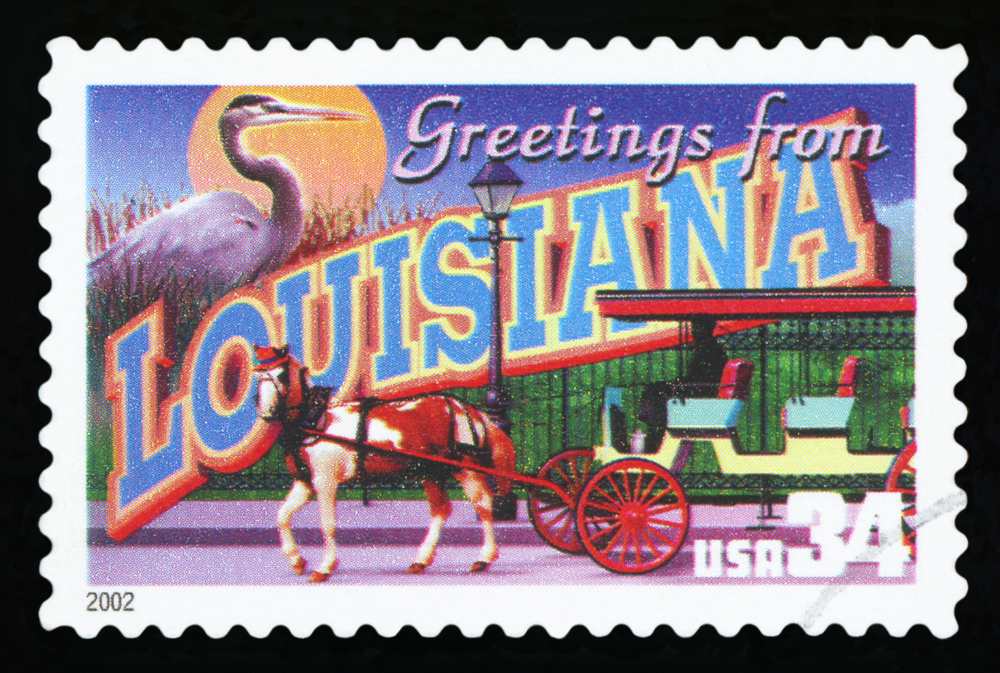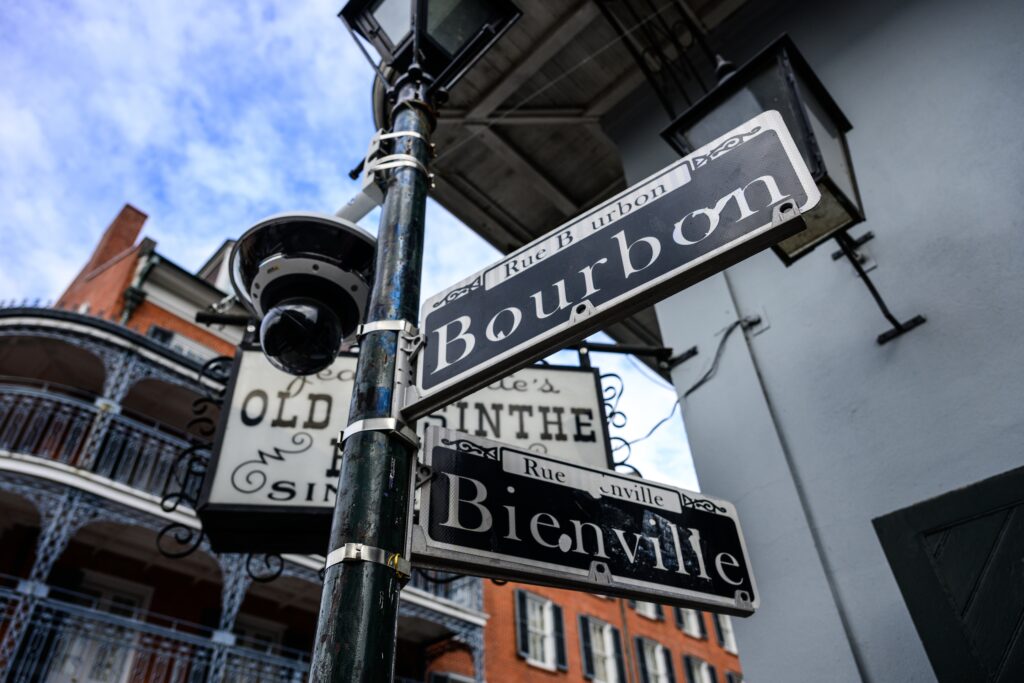A postcard from New Orleans..

An adventuring planner’s view on environmental considerations in New Orleans…..

Oh, this place has soul, maybe something I have missed in some of the other places I have visited on my road trip… The music the character properties, the characterful individuals….
I came thinking of the city as all jazz and old French doors, but what strikes you quickly is how visibly engineered the place is: raised houses, huge pumping stations and long concrete floodwalls. Since hurricane Katrina in 2005, where 1,400 people were killed and countless people made homeless, the authorities have sought to rebuilt and reinforced the levees and floodwalls and installed massive gates[1] — one hopes the shell of protection is far stronger than the ones I remember reading about.
Much of the day-to-day defence against floods here isn’t magic but machinery. The Sewerage & Water Board runs dozens of major drainage pumps that push rainwater out to canals and the river; you can see the gargantuan pipes and pump houses, with details being published about what is working[2].
At neighbourhood level what’s changed: rebuilding, mixed-income projects, and urban renewal
- Public housing demolished, replaced with mixed-income housing
Before the storm, New Orleans had a very large stock of traditional public housing projects (often low-rise, high density, government-run) in many instanced segregated. Following hurricane Katrina, thousands of these homes’ units were permanently demolished with inevitable issues of displacement and higher housing costs. Again our Uber driver, a new Orlean resident born and bred, says that many people left for Houston and never returned, those that did were able to afford to live where they once had.
In their place, many of the new developments are mixed-income: combining market-rate units, affordable units, and vouchers[3], whether these new mixed income development helps the original residents of New Orleans seems unclear…. And in many instances controversial.
Other observations incude:
- Neighbourhoods have returned, but unevenly
- Adaptive reuse & new housing types
- Gentrification & affordability pressures increasing
- Infrastructure, parks and public spaces integrated into development
- Downtown / urban core becoming more residential and mixed-use and less business use which extend live into the centre at evenings and weekends.
- Strategic large-scale developments & riverfront / waterfront renewal
At the neighbourhood level the approach is mixed: some streets have been raised, others rely on property-level work (such as raising foundations and floodproofing), and the city’s Hazard Mitigation Office supports local stormwater projects and funding for resilience. As we drive to the Bayou, we see lots of houses on stilts many feet or meters in the air.
What’s still challenging, and where the changes are incomplete:
- Housing stock are still below pre-Katrina levels:
- Many flood-affected areas have not fully recovered population or housing occupancy:
- Affordability remains a major issue.
- Displacement & social change.
Homelessness was less obvious around the Bourbon Street area in the French Quarter, although again our local Uber driver tells us that since Taylor Swift came to town the unhouse people have been ‘shipped out to East New Orleans…. Hidden away out of sight…’.
New Orleans has not merely reconstructed; it has reinvented some of its housing and urban form. It is full of life and vibrancy. What was devastated has, in many places, been built back stronger (perhaps like the people) and one hopes with improved building standards, better drainage, more green infrastructure, and a less segregated society.
But the rebirth as ever is uneven: some areas gleam with new parks, renovated housing, and bustling downtown life, while others still show scars — empty lots, houses that remain elevated or abandoned, and communities wary of rising costs and flood risks. I will aways recall a young woman selling her wears to make ends meet, clearly doing her best to survive but so evidently on a knife edge of despair and joining the ‘unhoused’….
As a visitor, I find it a fascinating and wonderful city: full of contradictions, of nostalgia and innovation, of vulnerability and ambition. The changes since Katrina are impressive; they show what a city can do to defend itself physically and socially. But they also bring new tensions — between preserving what was, paying for what is needed, and determining who gets to live in which places…..

From here I must return to England to reflect on all I had seen and done, I’ve had wonderful adventure and enjoyed my time in America, but now it is time to think of some new places to see and experience and some new postcards to send in the future….I am glad to be returning to England… which seems a little kinder as a place than maybe I had appreciated before I had left for my adventures….long may that continue….
[1] https://www.scientificamerican.com/article/20-years-after-hurricane-katrina-how-safe-is-new-orleans-from-another/?utm_source=chatgpt.com
[2] https://www.swbno.org/Article/Details/pumping-and-power-equipment-status?utm_source=chatgpt.com
[3] https://bigeasymagazine.com/2025/04/12/what-happened-to-new-orleans-public-housing-a-look-at-what-was-lost-and-what-replaced-it/?utm_source=chatgpt.com





